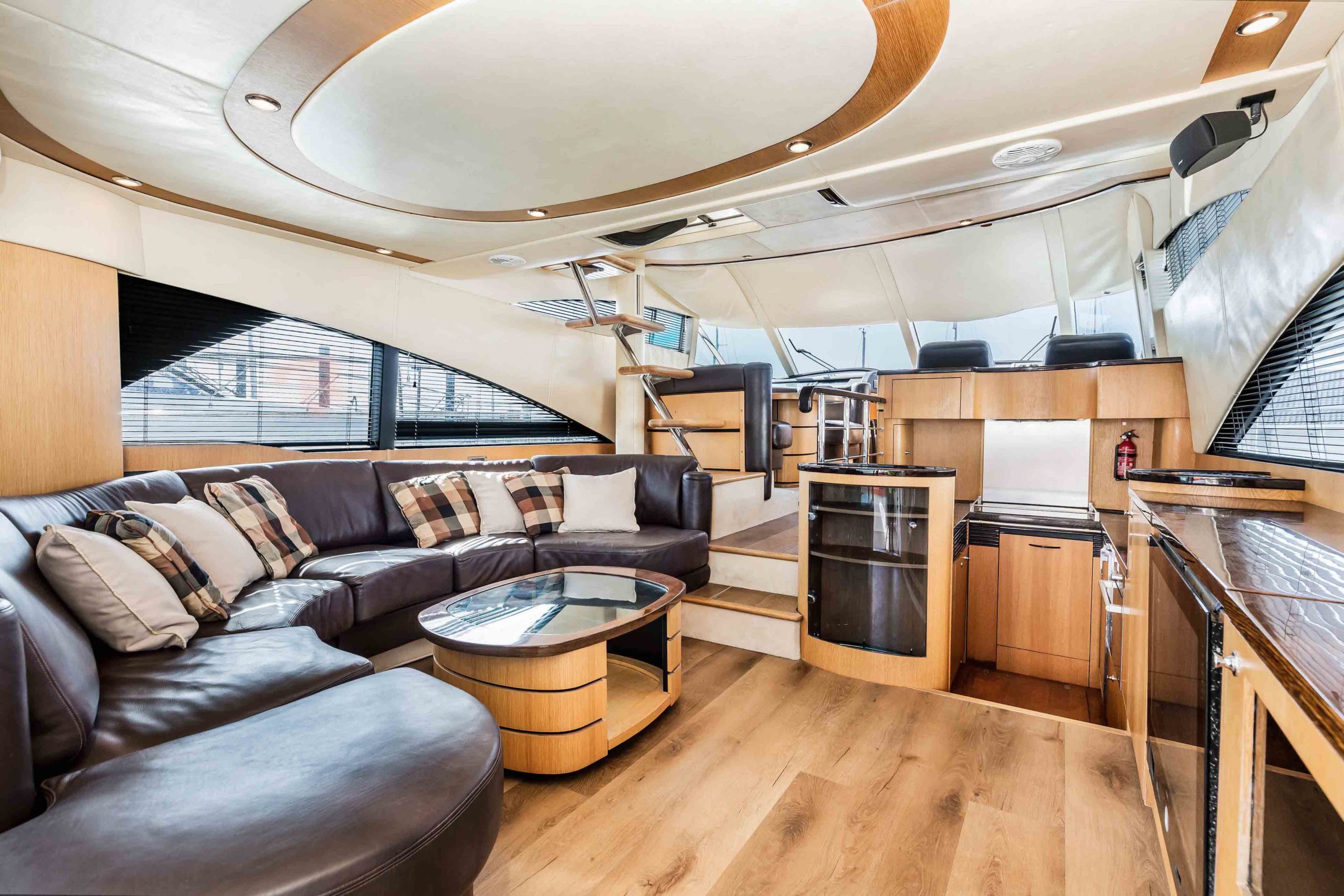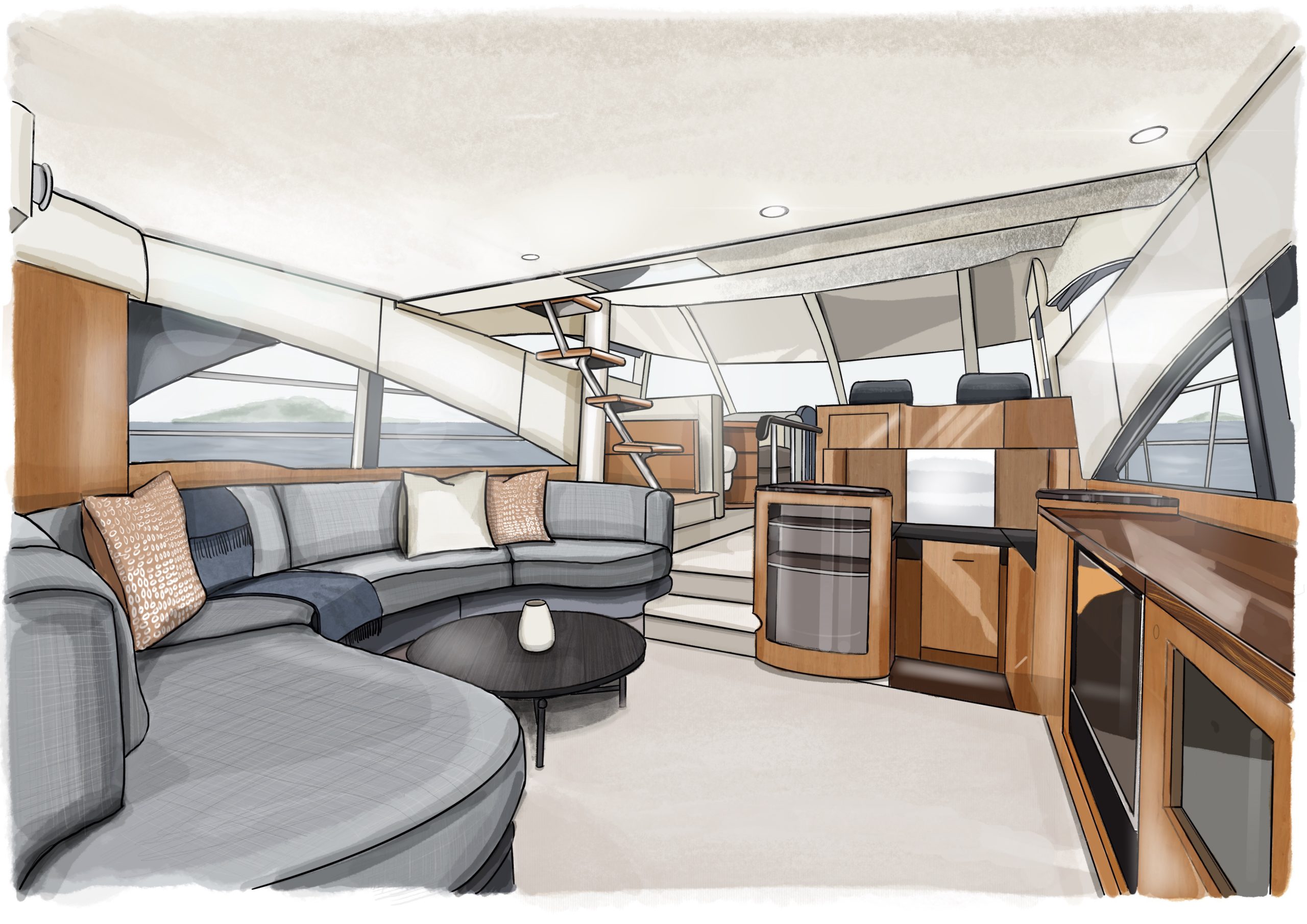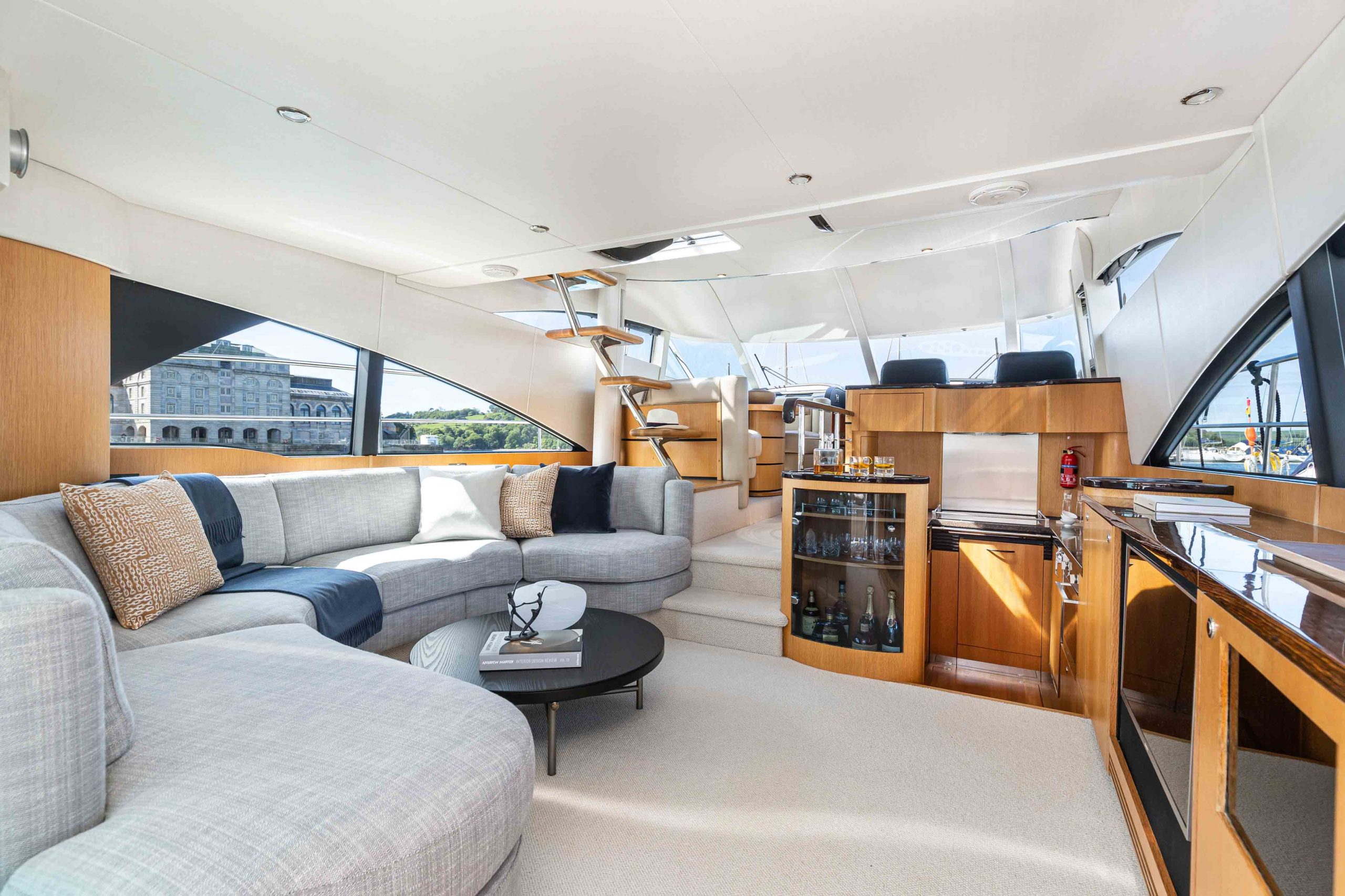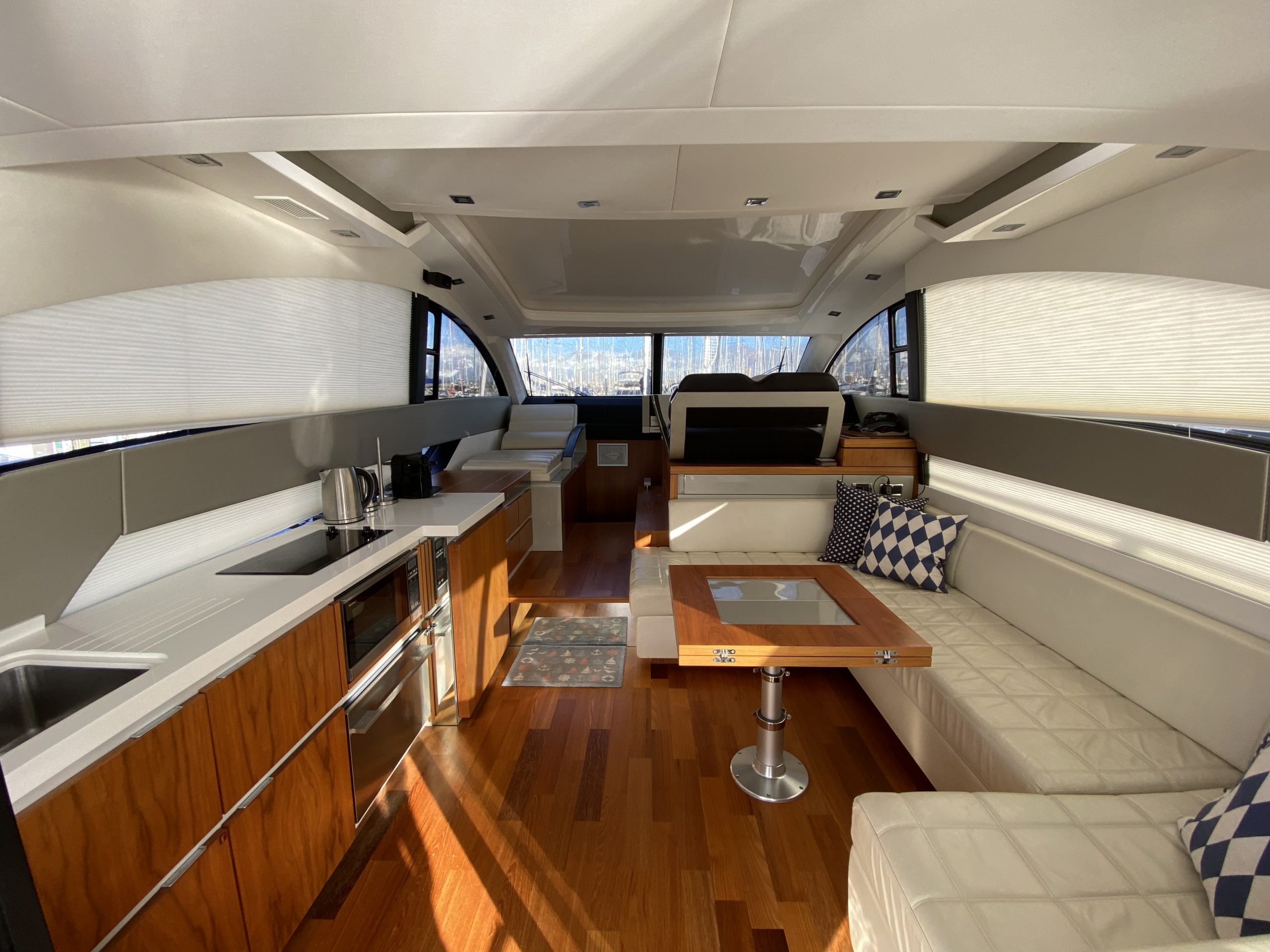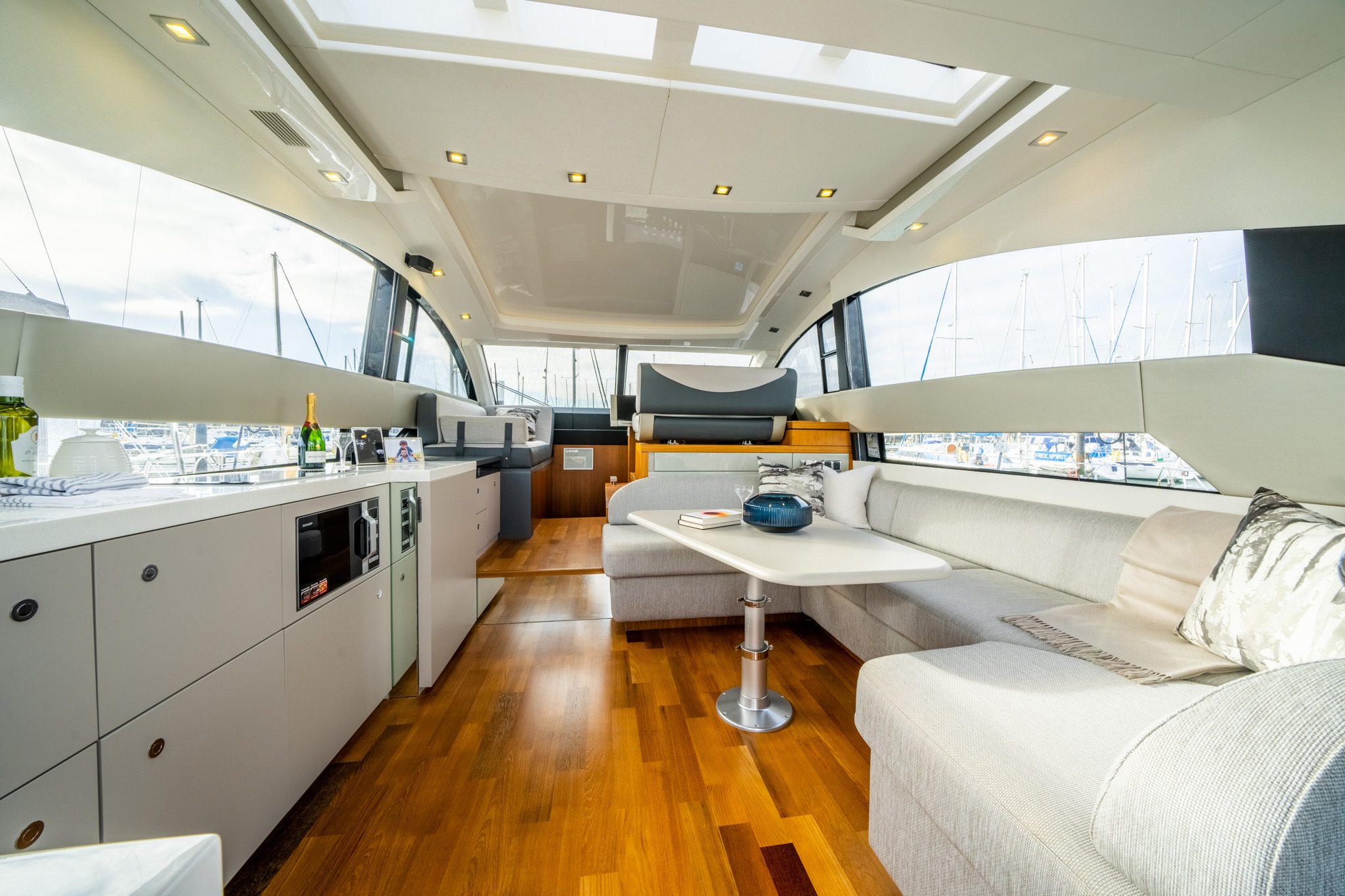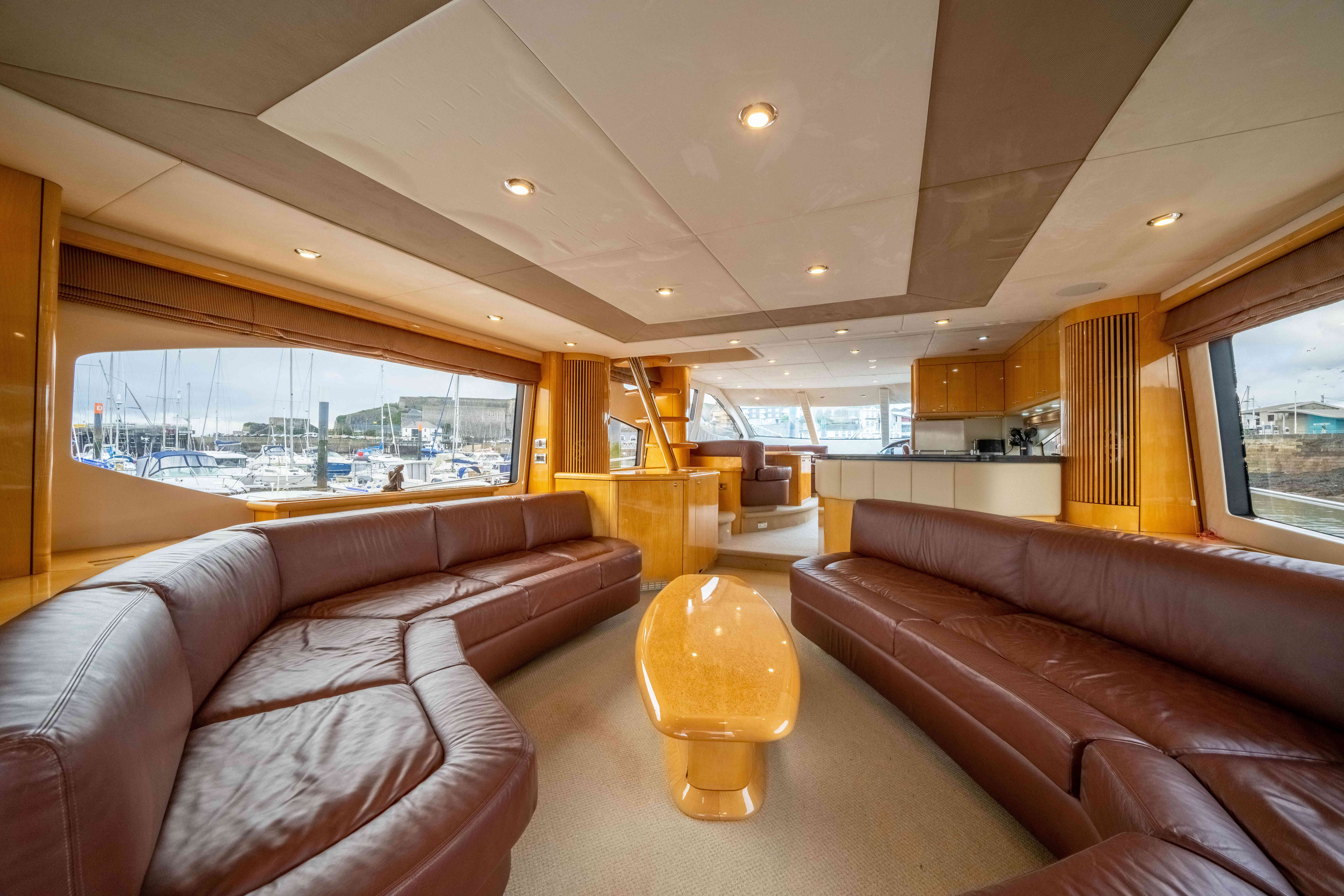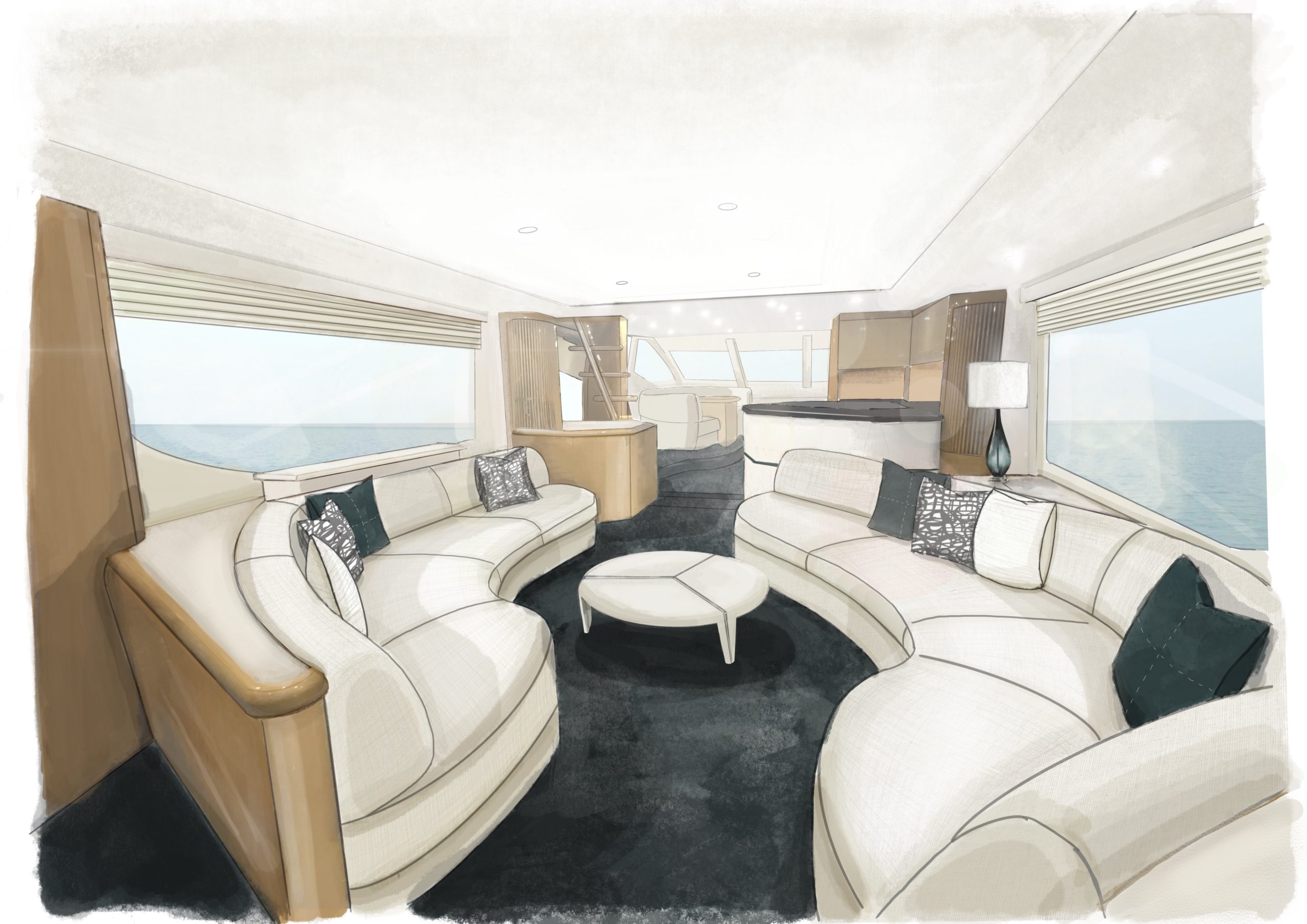When it comes to redesigning an interior space to make it truly feel like your own, it’s not just simply a case of choosing the colours, furniture and objects that appeal to you. Personalisation requires a high level of expertise, adopting a holistic design approach in order to understand how to create the perfect environment for each individual’s lifestyle.
It’s also having the detailed understanding of the functionality and the engineering equipment that is hidden underneath the carefully designed soft furnishings, which often disguise the functional elements.
The journey of designing a bespoke interior always begins with the client. What may seem obvious or ‘just right’ to one person might feel wrong to the next, so the process begins with learning to understand, articulate and translate their individual tastes.
“I start every project by getting to know a bit about our client’s lifestyle and their thoughts for the function of the space. With this I then build up a sense of the mood they are trying to achieve via an abstract colour and texture concept,” explains Sarah Luck, our Design Director.
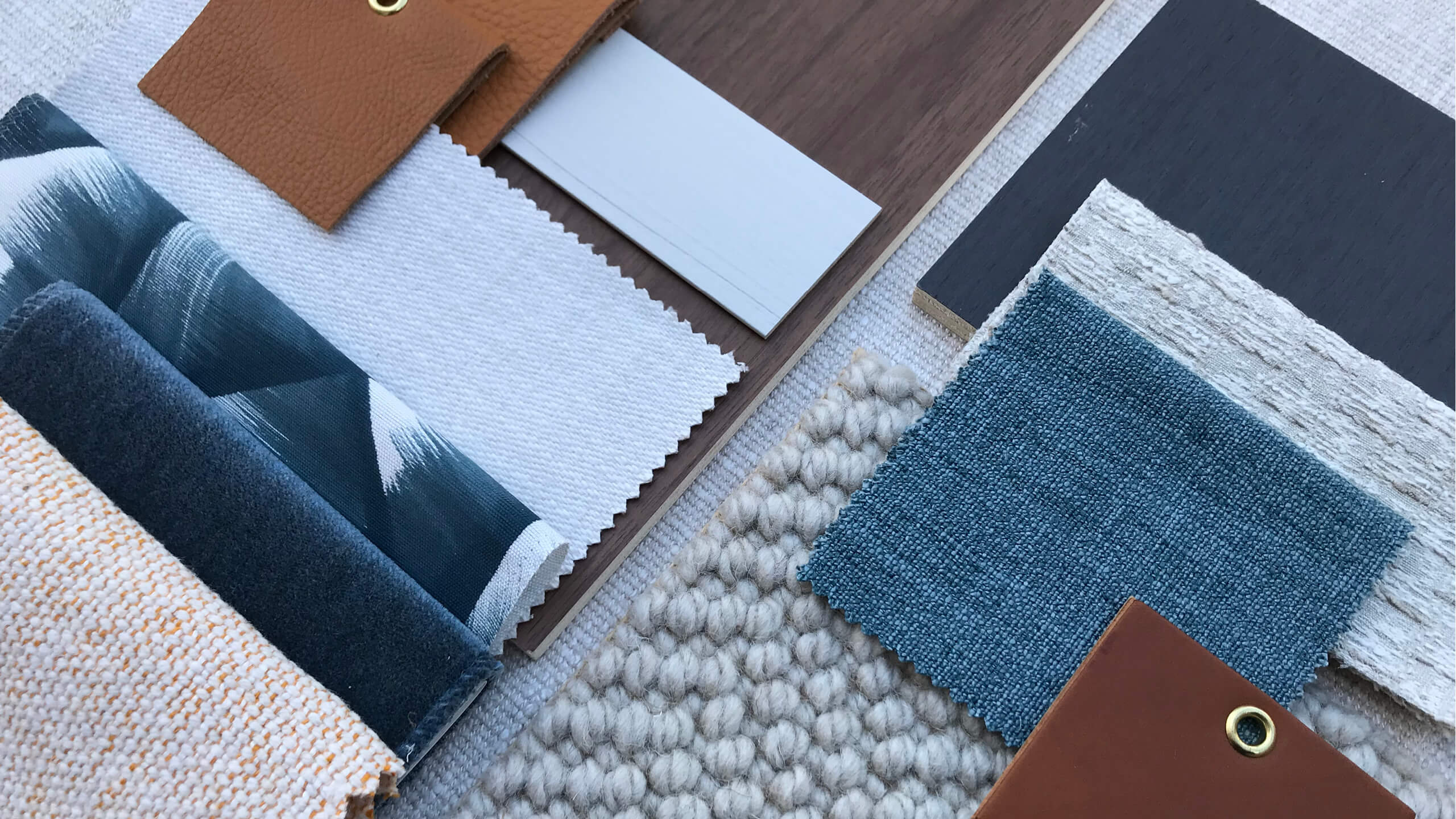
From here, Sarah can start to develop a design that begins to ‘breathe’, using her knowledge of proportion and the use of light and space to envision the three-dimensional environment. “This is a beautifully tailored and creative journey from initial meeting to product proposals that really allows our clients to understand exactly why we have suggested elements and how they will create the feeling they want to achieve,” she explains.
Once the client is 100% pleased with all aspects of the interior and exterior design, she will then move forward with the fit-out. She ensures that clients are kept up to date and involved. Once completed, their Setag interior will be beautifully styled and presented.
This ability to connect and empathise is crucial to the design process, insists Adam Greenwood, Creative Director with decades of experience at Fairline. ‘To clearly understand your customer and what motivates them to want to buy one design rather than another is absolutely critical,” he says. “And to use your creativity to explore how you can deliver that – but at the same time excite and surprise them with thoughts and ideas that are both original yet comfortably familiar – is the aim of any good designer.”
Despite the incredible computer design software available, Adam still believes in the innate ability to be able to transfer a client’s thoughts and ideas to paper by sketching and drawing. From there, the designer can begin to bring a project to life, taking into account the unique physical space and limitations that a yacht design entails.
‘My approach in design is always to fully understand the customer or the brief before I presume to compose a design, and then equally important is knowing when to stop designing,’ he explains. ‘It is so often the downfall of many designers, in trying to demonstrate their talent by unnecessary embellishment, which so often divides opinion, adds cost and offers little or nothing in terms of functionality.’
Alexis Rollings-Walsh, Creative Director with over a decade of experience at Sunseeker, agrees. The process of designing a luxury yacht interior can be both intimidating as well as exciting, so she feels it is important to take the client with them along the journey, explaining exactly what it entails.
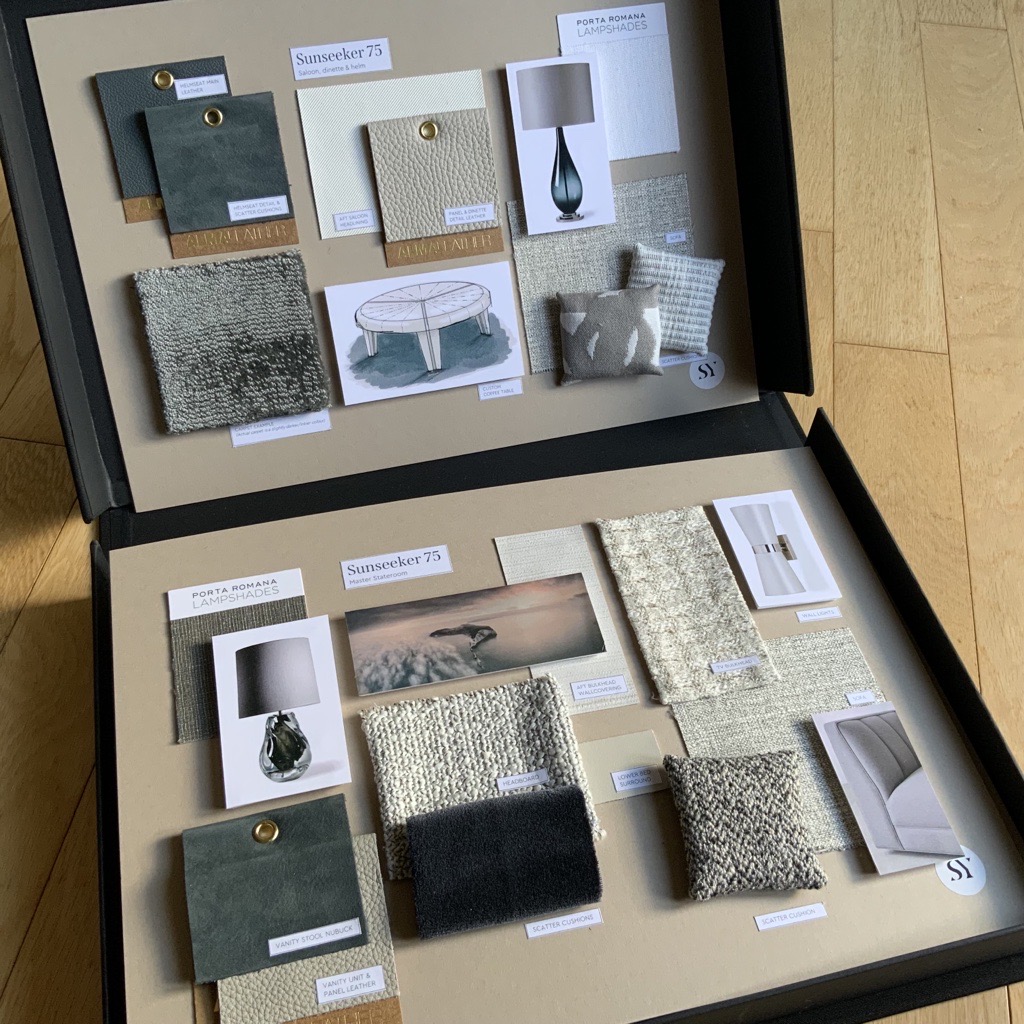
“Listening and collaborating with the client is the most exciting part of the process and creates a very important energy and understanding for the project,” she says. “No two clients are ever the same and as much as my role is to guide and create their dream interior, it is also a pleasure to learn and take inspiration from clients and their ideas of how their interior design should evolve. The role as interior designer is always one of learning and understanding how others live.”
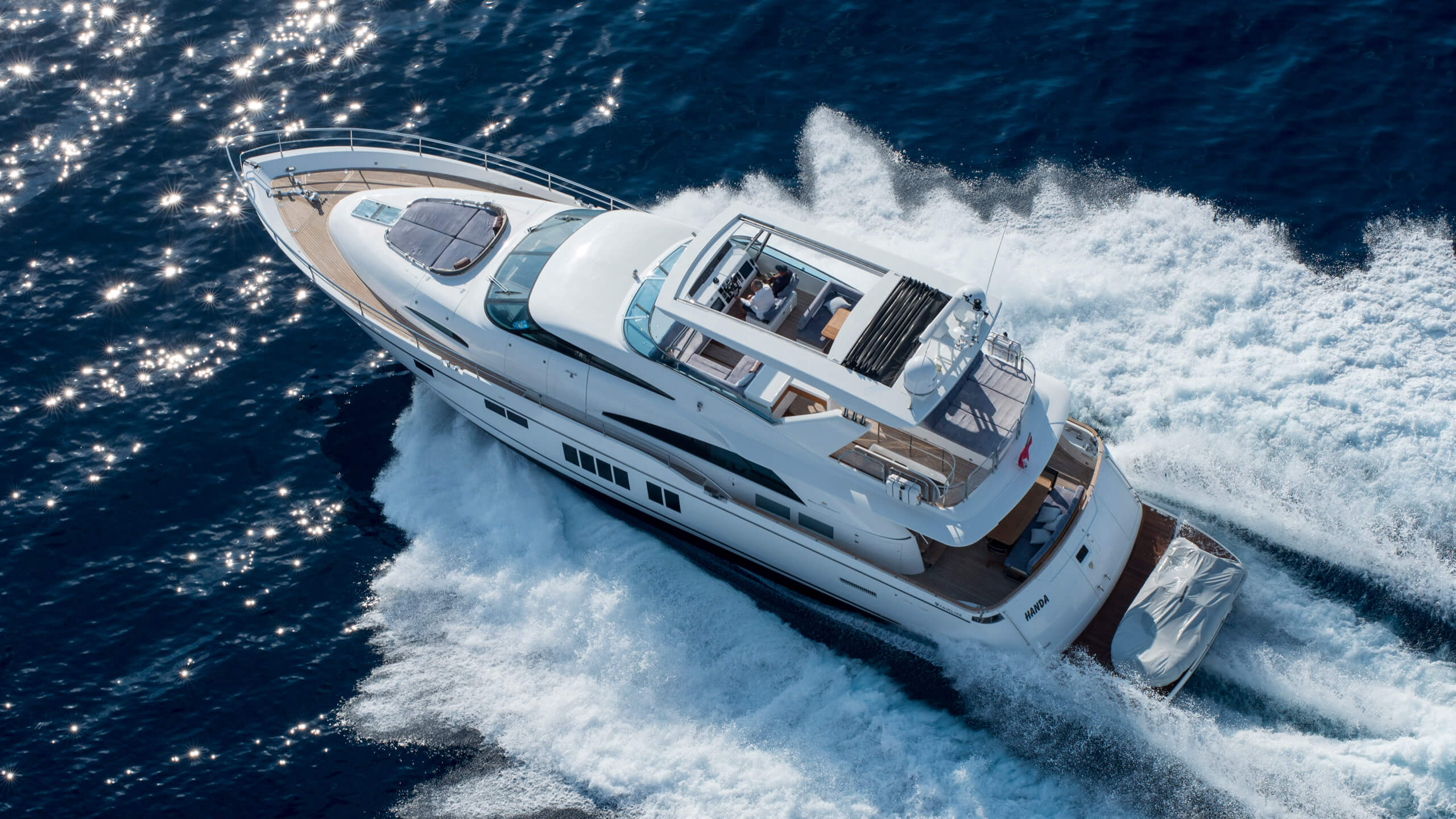
Fairline 78
The Fairline 78 main deck layout provides a great basis for a more divided seating and dining area approach. This really gave us the opportunity to create quite a residential lounge feeling to the aft seating area.
Find Out More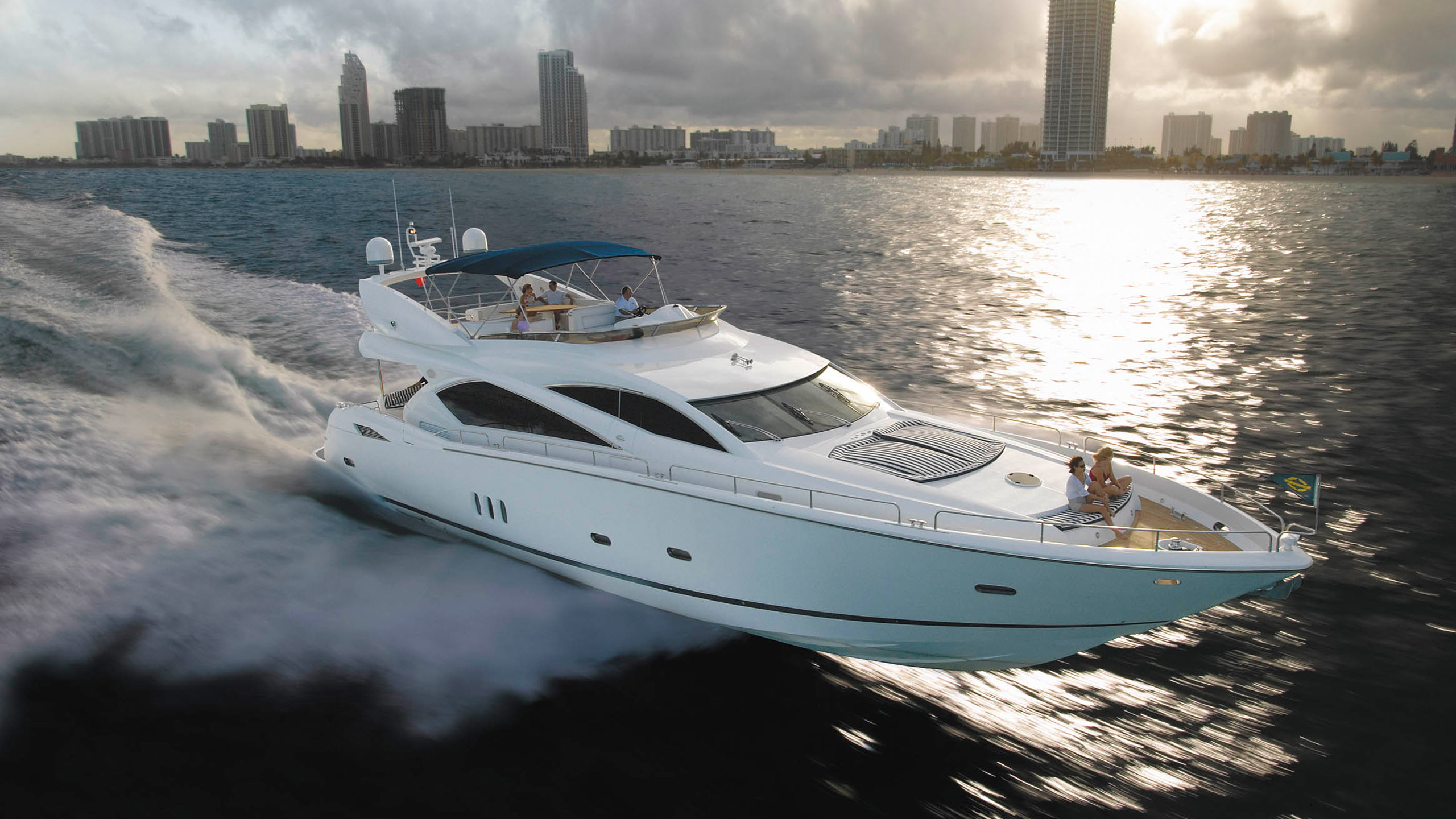
Sunseeker 82
This Sunseeker 82 saloon provides an exemplary base for a fun and curvaceous redesign. We have significantly modernised the seating area with the removal of the timber to the upper part of the curved port side bulkhead and replacing this with a small geometric weave material.
Find Out More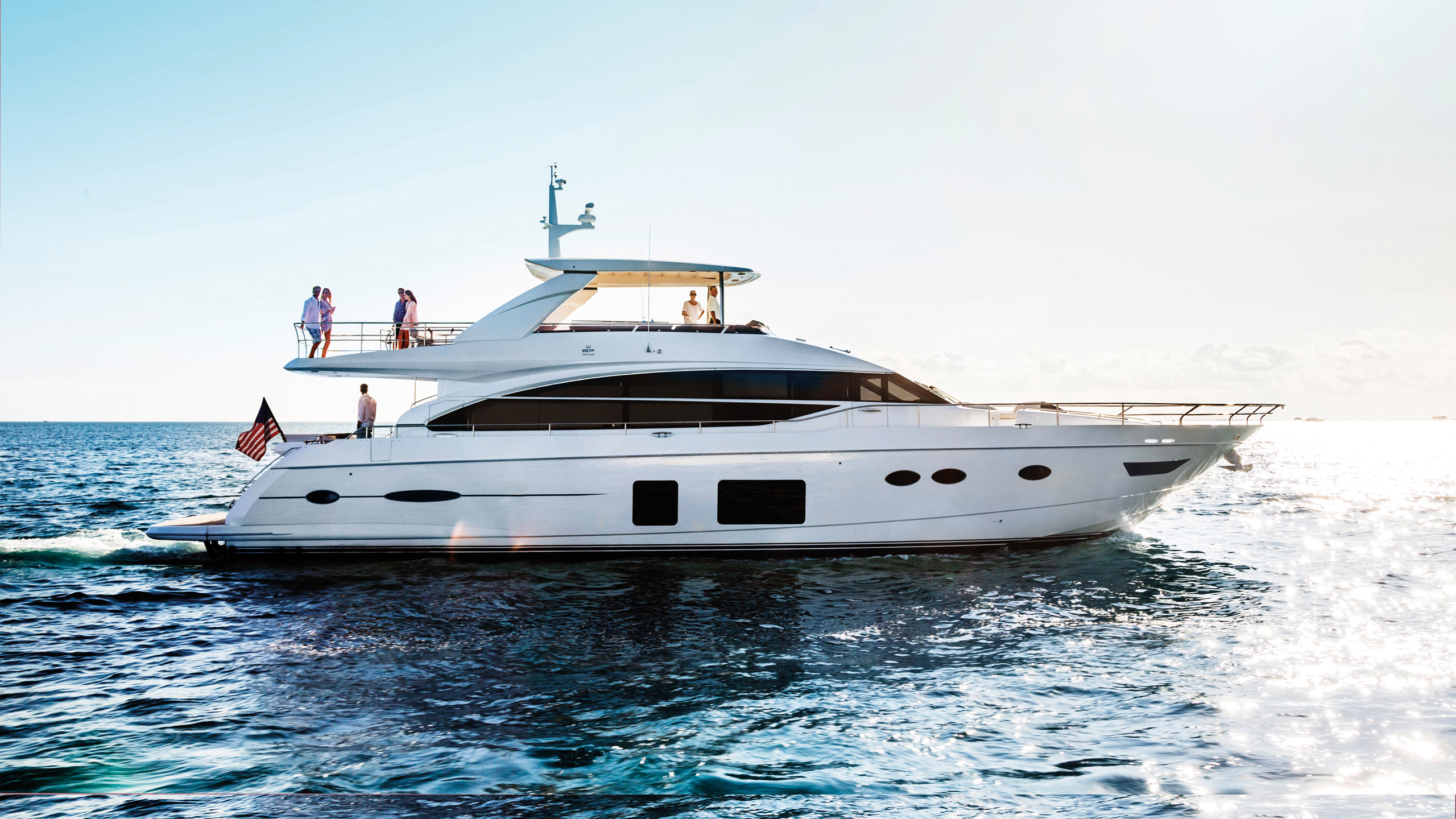
Princess 82MY
The brief for this project was to create a more residential and calming feeling whilst enhancing the original attributes of the 82 saloon & dining area. This design invites you into a comfortable lounge area with ample seating for friends and family to enjoy a well-earned tipple or canapé.
Find Out Mor